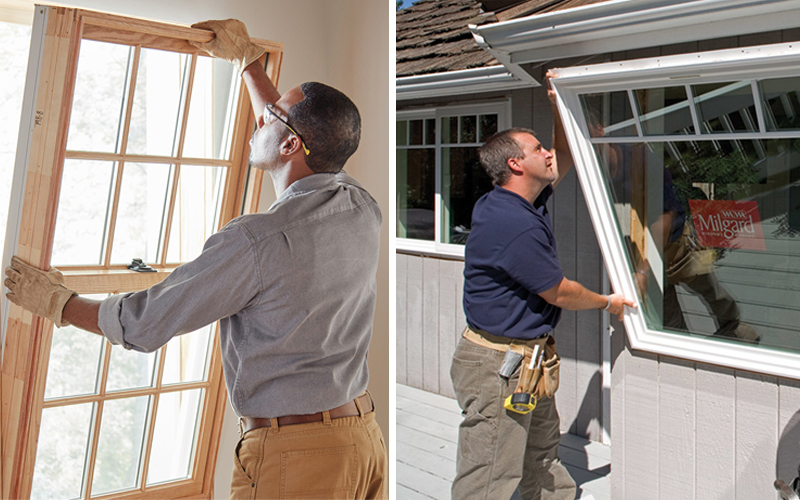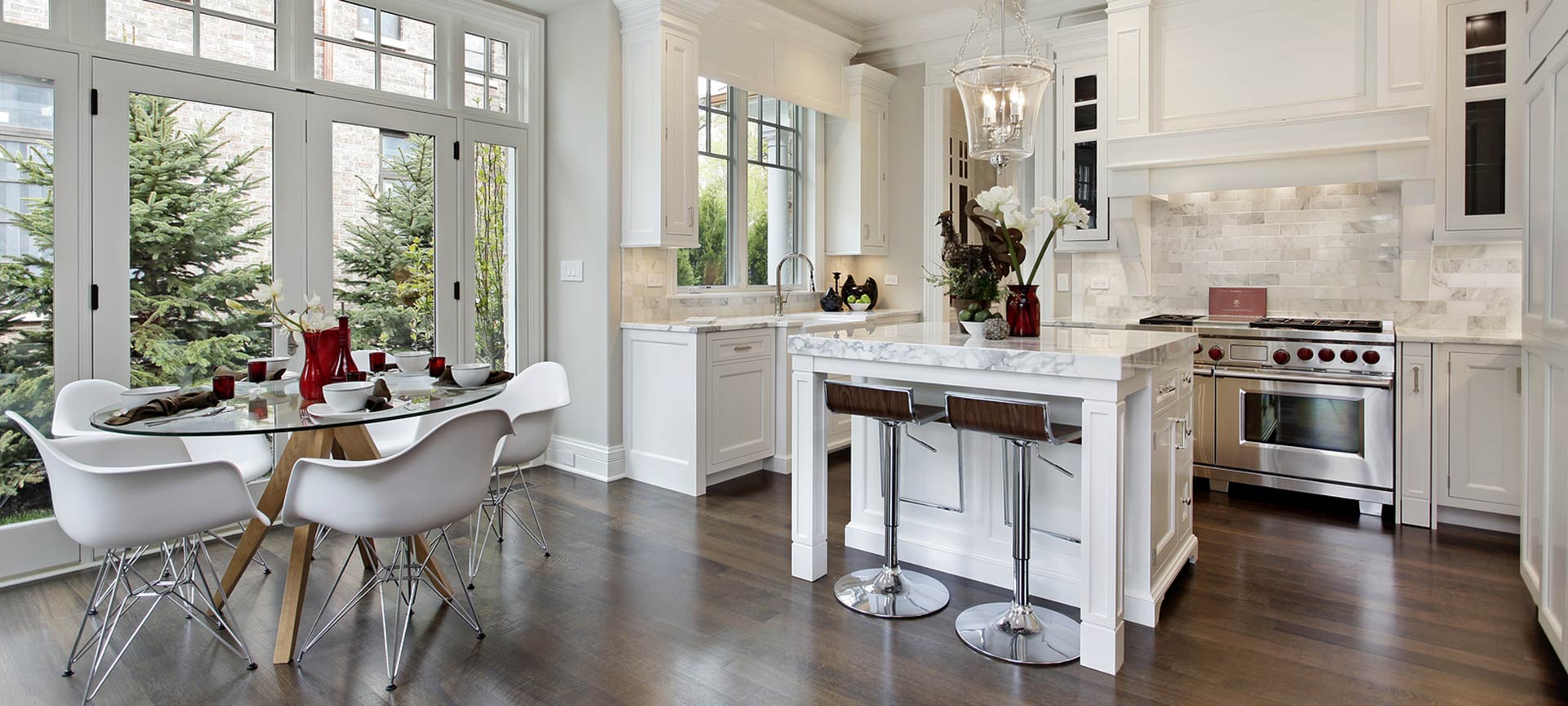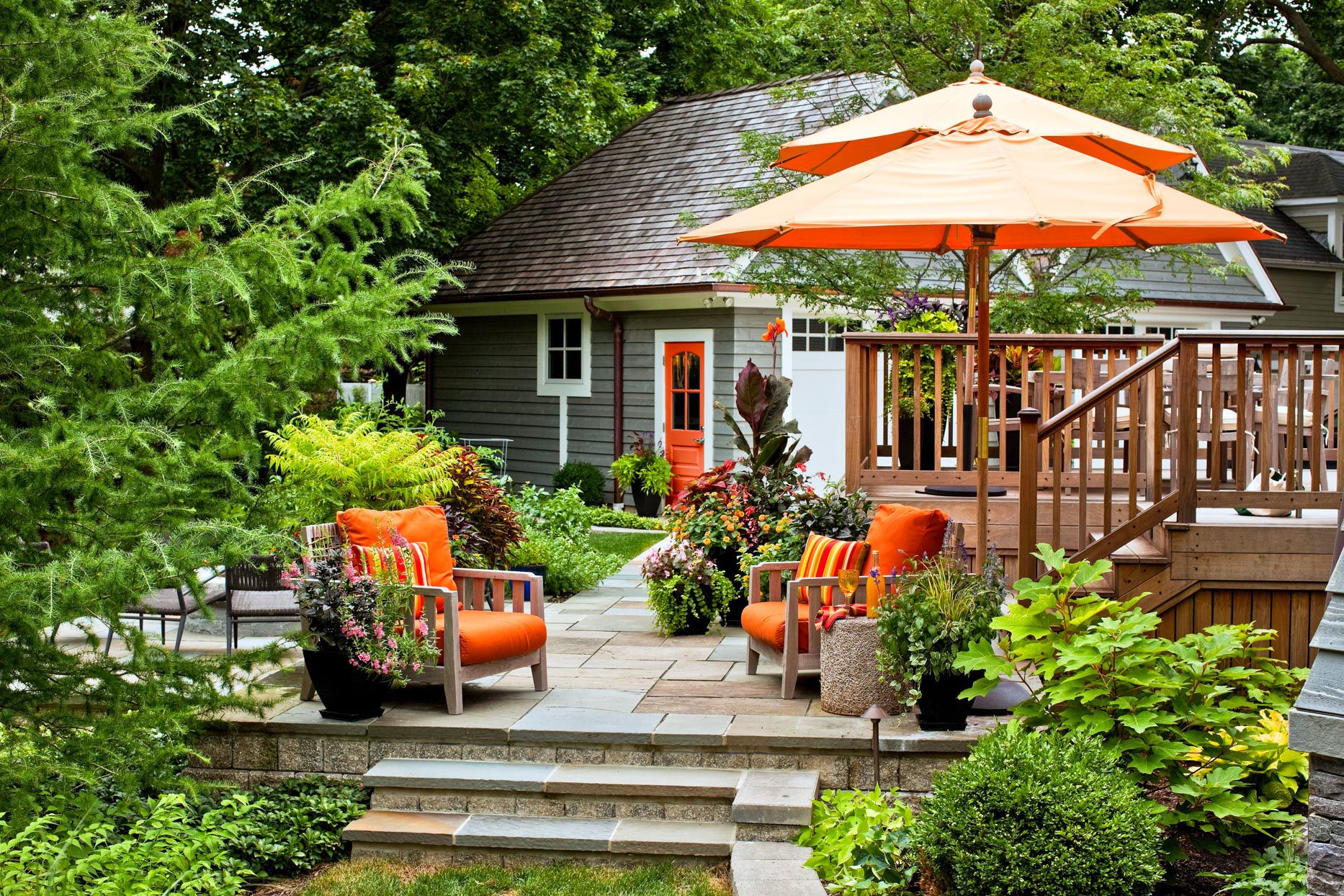Window installation and replacement involve the process of removing old or damaged windows from a building and installing new ones. This process can improve energy efficiency, enhance the aesthetics of a home or building, and increase overall comfort. Here’s an overview of window installation and replacement:
1. Assessment: Before beginning the installation process, a professional contractor will assess your existing windows and discuss your goals for replacement. This includes determining the type of windows you want (e.g., double-hung, casement, bay, or picture windows) and their features (e.g., energy efficiency, materials, glass options).
2. Measurement: Accurate measurements of the existing window openings are taken to ensure that the new windows will fit properly and snugly.
3. Material Selection: Choose the type of window frame material that best suits your needs, preferences, and budget. Common materials include vinyl, wood, fiberglass, and aluminum. Each material has its own advantages in terms of aesthetics, durability, maintenance, and energy efficiency.
4. Ordering: Once you’ve made your selections, the windows will be ordered based on the specifications and measurements.
5. Removal of Old Windows: The existing windows are carefully removed, including the window frame and any associated hardware.
6. Preparation of Opening: The window opening is cleaned, repaired if necessary, and prepared for the installation of the new window.
7. Installation: The new window is installed into the prepared opening. The installation process varies depending on the type of window and the chosen frame material. Proper installation techniques are crucial for ensuring the window’s energy efficiency and longevity.
8. Insulation and Sealing: Insulation is added around the window frame to prevent drafts and improve energy efficiency. Proper sealing using weather-resistant materials ensures that the window is watertight and airtight.
9. Finishing Touches: After the window is securely installed, any exterior trim is replaced or repaired, and interior trim and molding are added to complete the look.
10. Quality Check: The installation is checked for proper alignment, operation, and sealing. This includes opening and closing the window to ensure smooth operation and testing for air and water leaks.
11. Clean-Up: The work area is cleaned up, and any debris from the installation process is removed.
Window installation and replacement can vary in complexity depending on factors such as the type of windows being replaced, the condition of the existing frame, and any additional features you may want to add, such as energy-efficient glass or decorative grids.
It’s highly recommended to hire a professional window installation replacement for this process. They have the expertise, tools, and experience to ensure that the windows are properly installed and sealed, maximizing energy efficiency and preventing issues such as drafts, leaks, and condensation.


